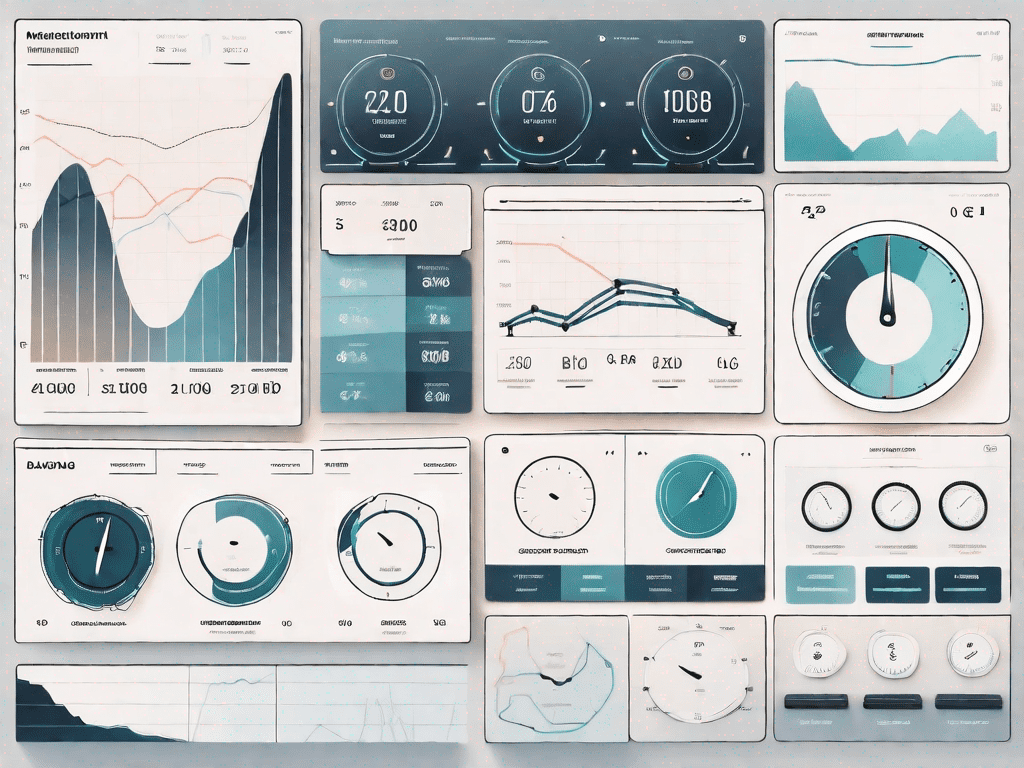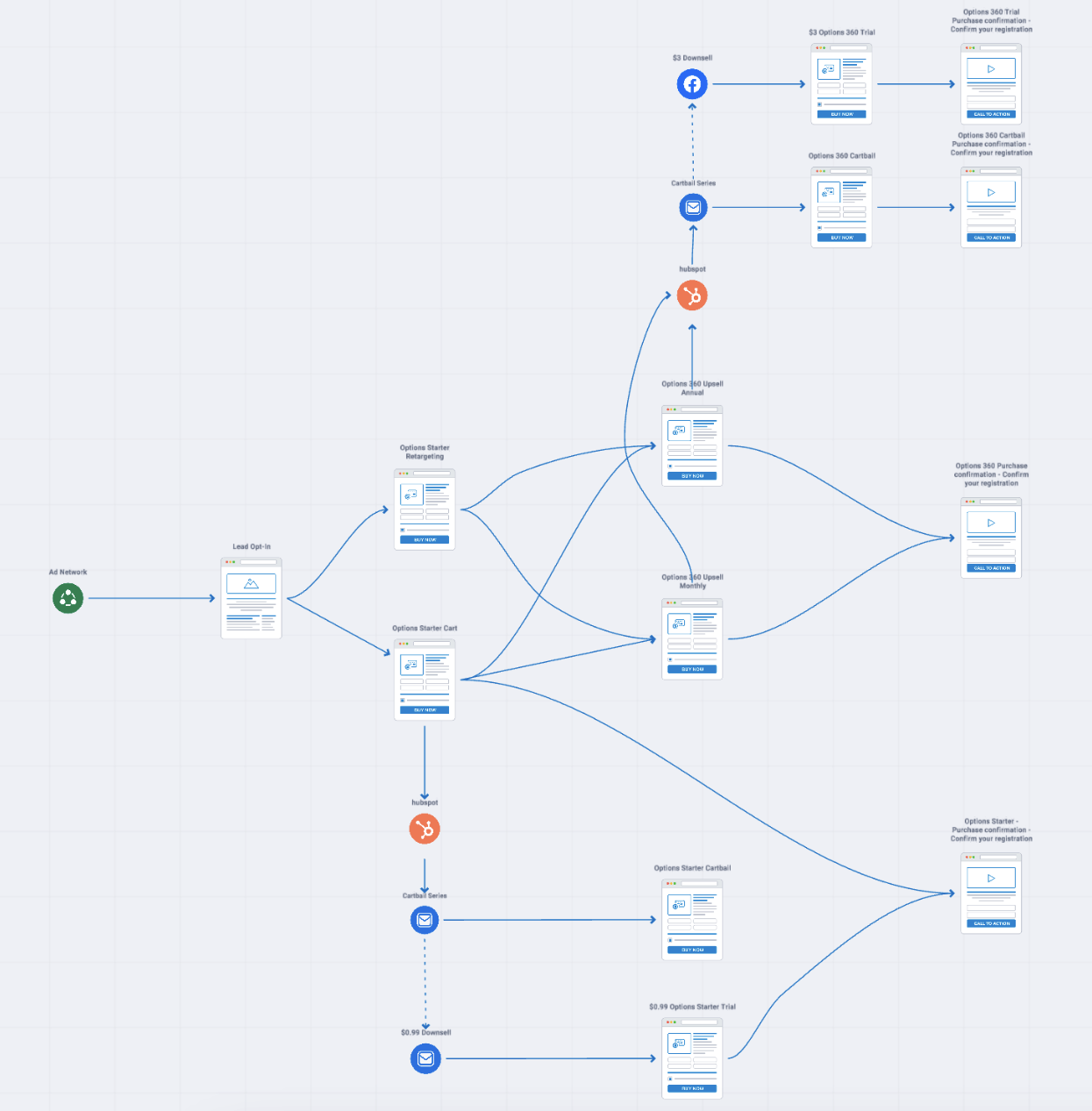Ever thought about where those ads on your phone screen come from? It’s like picking the best fishing spot – but for customers. Get ready for our latest blog: ‘Which Paid Media Platform Is Right For Your Business?’ We’ll show you the ropes, breaking down different platforms in the digital world. No jargon, just plain English. Let’s get right into it.
What are Paid Media Platforms?
First, let’s discuss what paid media actually is. Paid media refers to any form of advertising or promotion that a business pays for to reach a larger audience. This can include search engine marketing, social media advertising, display ads, and sponsored content.
Paid media is an essential component of a comprehensive marketing strategy. It allows businesses to expand their reach beyond organic channels and target specific demographics or user segments. By investing in paid media, businesses can effectively increase brand awareness, drive website traffic, and generate leads.
Importance of Paid Media for Businesses
In a competitive market, relying solely on organic reach is not enough to stay ahead of the competition. Paid media allows businesses to cut through the noise and get their message in front of the right people at the right time. With paid media, businesses can take control of their marketing efforts and reach their target audience more efficiently.
Another advantage of paid media is its ability to deliver measurable results. With comprehensive tracking and analytics tools provided by platforms like Google Ads and Facebook Advertising, businesses can monitor the performance of their paid campaigns in real-time. This data allows for informed decision-making and optimization of ad spend.
Evaluating Your Business Needs
Now that we understand the importance of paid media, it’s crucial to evaluate your business needs before diving into any platform. By taking the time to identify your target audience and set clear marketing goals, you can make more informed decisions about where to allocate your budget and resources.
Identifying Your Target Audience
Knowing your target audience is essential for any successful marketing campaign. When it comes to paid media, understanding your audience’s demographics, interests, and online behavior is crucial. By leveraging audience insights and data provided by the platforms, you can refine your targeting and ensure your ads are seen by the right people.
Start by conducting market research and creating buyer personas. This will help you uncover who your ideal customer is, what motivates them, and where they spend their time online. With a clear understanding of your target audience, you can tailor your ad messaging and placement to resonate with them.
Setting Your Marketing Goals
Before investing in any paid media platform, it’s crucial to define your marketing goals. What do you want to achieve with your paid campaigns? Do you want to increase brand awareness, drive website traffic, generate leads, or boost sales? By setting clear and measurable objectives, you can evaluate the effectiveness of each platform and track your return on investment.
Consider both short-term and long-term goals. Short-term goals might include increasing click-through rates or engagement metrics, while long-term goals could include lead generation and revenue growth. By aligning your marketing goals with your business objectives, you can select a paid media platform that best fits your needs.
Overview of Popular Paid Media Platforms
Now that you have a framework for evaluating your business needs let’s take a closer look at some of the most popular paid media platforms available today. Each platform has its strengths and weaknesses, so it’s essential to understand their unique features and capabilities before making a decision.
Google Ads
Google Ads is arguably one of the most dominant and widely used paid media platforms. With its vast reach and variety of ad formats, Google Ads allows businesses to target users based on search queries, interests, and website placements. Whether you want to appear at the top of search engine results or display visually appealing ads on websites within the Google Display Network, Google Ads offers a versatile and powerful platform for businesses of all sizes.
Facebook Advertising
With over two billion monthly active users, Facebook offers unparalleled audience reach. Facebook Advertising allows businesses to target users based on their demographics, interests, and behavior. In addition to traditional display ads, Facebook also offers dynamic ads, carousel ads, and video ads. With advanced targeting options and robust analytics, Facebook Advertising is an excellent choice for businesses looking to build brand awareness and engage with their audience.
Instagram Advertising
Owned by Facebook, Instagram has quickly become a popular platform for businesses targeting younger demographics. With over one billion active users and highly engaging content formats, Instagram Advertising presents unique opportunities for businesses to showcase their products or services in a visually appealing and authentic way. From static image ads to immersive story ads, Instagram offers a variety of ad formats and targeting options to capture the attention of your target audience.
LinkedIn Advertising
LinkedIn is the go-to platform for professionals and businesses. With its focus on networking and career development, LinkedIn Advertising allows businesses to target users based on their professional attributes, job titles, and company information. Whether you want to reach decision-makers in specific industries or promote B2B services, LinkedIn’s ad platform provides a wealth of targeting options to help you connect with the right audience.
Twitter Advertising
Twitter is known for its real-time conversation and trending topics. With its ad platform, businesses can leverage Twitter’s vast user base and engage with users based on their interests, followers, or even specific keywords. Whether you want to promote your brand, drive website traffic, or boost app installations, Twitter Advertising offers a wide range of ad formats and targeting options to reach your marketing goals.
Comparing Paid Media Platforms
Now that we have explored the popular paid media platforms, let’s compare them based on two critical factors: cost and audience reach. While these factors are not exhaustive, they can provide a starting point for your evaluation process.
Cost Comparison
The cost of running paid media campaigns can vary significantly across platforms. Generally, Google Ads’ cost is based on a pay-per-click (PPC) model, with bidding determining the cost of each click. Facebook Advertising and LinkedIn Advertising also operate on a bidding model, allowing businesses to set budgets and bids based on their goals and audience. Instagram Advertising and Twitter Advertising typically have similar cost structures as their parent platforms, but the cost per engagement may vary depending on the ad format and targeting options used.
It’s important to remember that the cost of paid media is not the only factor to consider. You should also evaluate the potential return on investment, conversion rates, and overall campaign performance when comparing platforms.
Audience Reach Comparison
When it comes to audience reach, each platform has its unique strengths. Google Ads, with its search network and display network, offers a vast reach to users actively searching for products or services. Facebook’s extensive user base allows for broad audience targeting and high levels of engagement. Instagram’s focus on visual content attracts a younger audience, making it ideal for businesses targeting millennials or Gen Z. LinkedIn’s professional user base is perfect for B2B marketing, allowing businesses to connect with decision-makers and professionals in specific industries. Twitter’s real-time nature and trending topics make it an excellent platform for timely and engaging conversations.
Consider your business’s target audience, industry, and marketing objectives when comparing audience reach across platforms. The ability to reach the right people with the right message is crucial for campaign success.
Engagement Comparison
Engagement is another vital factor to consider when comparing paid media platforms. While all the platforms offer various engagement metrics, such as clicks, likes, shares, and comments, the level of engagement can vary based on your target audience and industry. Facebook, with its social nature and extensive user base, often sees high engagement levels. Instagram’s visually immersive platform is known for strong user engagement, particularly with millennials and younger demographics. LinkedIn’s professional focus may lead to more targeted and industry-specific engagement. Twitter’s fast-paced conversation and trending topics can drive high levels of engagement, particularly for timely campaigns.
Remember to align your evaluation of engagement metrics with your marketing goals and target audience. Different platforms excel in different areas, so understanding your desired outcomes will help guide you towards the best platform for your business.
Choosing the right paid media platform for your business can be a complex decision. It requires a thorough understanding of your business needs, target audience, marketing goals, and the unique features of each platform. By evaluating your needs and considering factors such as cost, audience reach, and engagement, you can make a more informed decision that aligns with your overall marketing strategy.
Remember that platform selection is not about finding the “best” platform, but rather the one that best suits your business’s unique needs and goals. It’s also important to continually monitor and optimize your campaigns based on performance data and feedback from your target audience. With the right platform and a data-driven approach, your business can effectively leverage paid media to reach new heights in a competitive digital landscape.
Ready to supercharge your ads? Let’s make your brand shine in the digital world. Connect with us today, and let our experts handle your paid media journey. Reach out now and let’s transform your business together!



